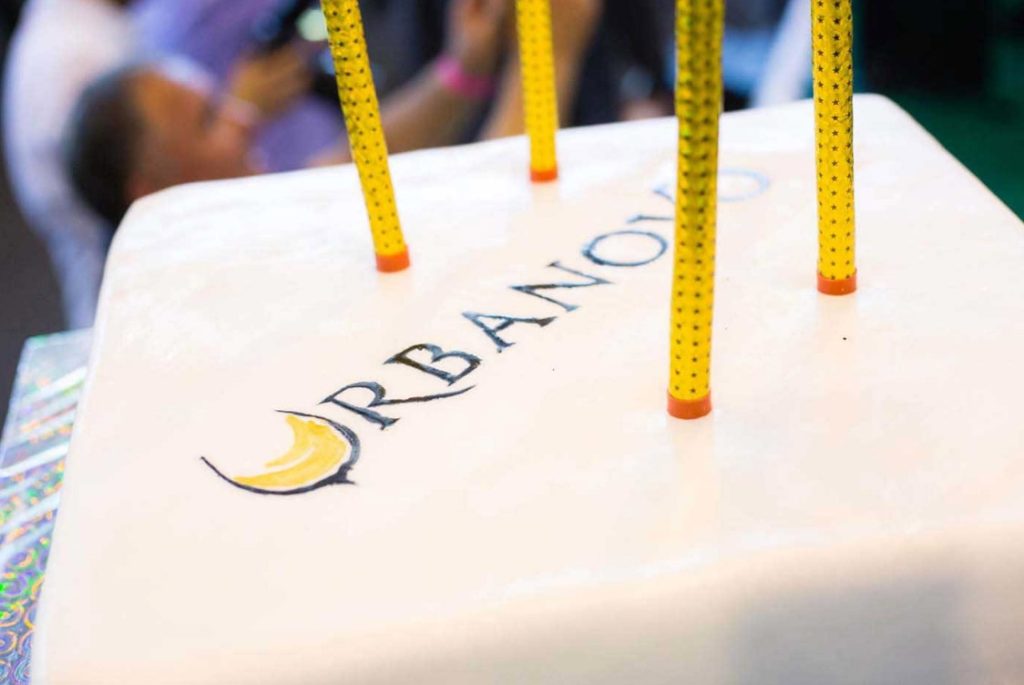It is the main variety for the famous Hungarian Tokay wines, along with Lipovina and sometimes Yellow Muscat. It can handle noble mould and many decades of aging well, as is expected from the king of wine and wine for kings. Lately it has been used to make very good, sometimes even great dry white wines. Around the world it is known as Furmint. The Croatian old name is Moslavac, which gives away its origins in Moslavina, although the locals there forgot about it and turned to Škrlet. Slovenians call it Šipon, after the twisted French phrase “c’est si bon” (it’s so good), and Međimurje locals call it Pušipel.
They even devoted the festival in Štrigova to it, to be held from 18 to 20 May. “At the international wine festival and fair of winemaking and vine growing equipment, all the best of Međimurje is on offer, confirmed by numerous awards. Međimurje winemakers won three medals at last year’s Decanter rating in London, among them one platinum,” said David Štampar, president of the Hortus Croatiae association.
The Pušipel festival in Štrigova will be an excellent chance to taste wines from 24 Međimurje wineries and select which ones to visit on 25 and 26 May during the Open Cellar Days. Guests of Međimurje winemakers will also be their colleagues from Dubrovnik and the area, with the international character coming from Slovenians and Hungarians, as well as Poles. Wine days in the Zrinski county will end with a wine ball in the Terbotz castle on June 1, when the first bottles of 2017 Pušipel will officially be opened. In Zagreb there hasn’t been a restaurant which hasn’t poured their wines at least as the house wine, while the names Lebar, Matanović, Lovrec were spoken with respect. Some 20 years ago they seem to have disappeared from the wine scene, making a comeback some ten years ago.
The story is today led by a new generation of winemakers, mostly with college degrees. Return to the top is not quick, but it seems they are on the right path. They even began a clone selection of Pušipel. The test vineyard of chosen vines with the best characteristics was planted in 2012 in Sveti urban, and the first harvest was in 2014 at the Horvat family estate.
The goal is in due time to select three or four of the best Pušipel clones whose grapes will enable the production of various types of wine, from young and fresh to aged and dry, even sweet predicate wines. Examples of such wines can already be tasted. The DGA wine house makes the Sibon sparkling from Pušipel, a young wine can be found in almost any Međimurje wine house, and the more ripe versions have proven themselves in international competition. The Pušipel Prestige 2016 by the Dvanajščak-Kozol winery won a silver medal this year at the prestigious rating Mundus Vini in Neustadt an der Weinstraße in the German Pfalz region.
Sweeter Pušipels from late harvests can be found in wineries Novak, Cmrečnjak and Kossi. The return of winemakers to old roads of glory are supported by restaurants in Međimurje. The Mala Hiža in Mačkovec has long been a temple of good food, joined by Mamica from Nedelišće, Trattoria Rustica and Barok from Čakovec and the Međimurski Dvori in Lopatinec, Mundoaka in Čakovec, while the Terbotz restaurant in Železna Gora combines fine gastronomy with oenology. The owner Branimir Jakopić is the first Međimurje winemaker with a platinum Decanter medal. It was given to Graševina made from a late harvest of dried grapes, an excellent company for the famous Međimurje gibanica cake.
Translated from Vino.hr, for the original click here.











